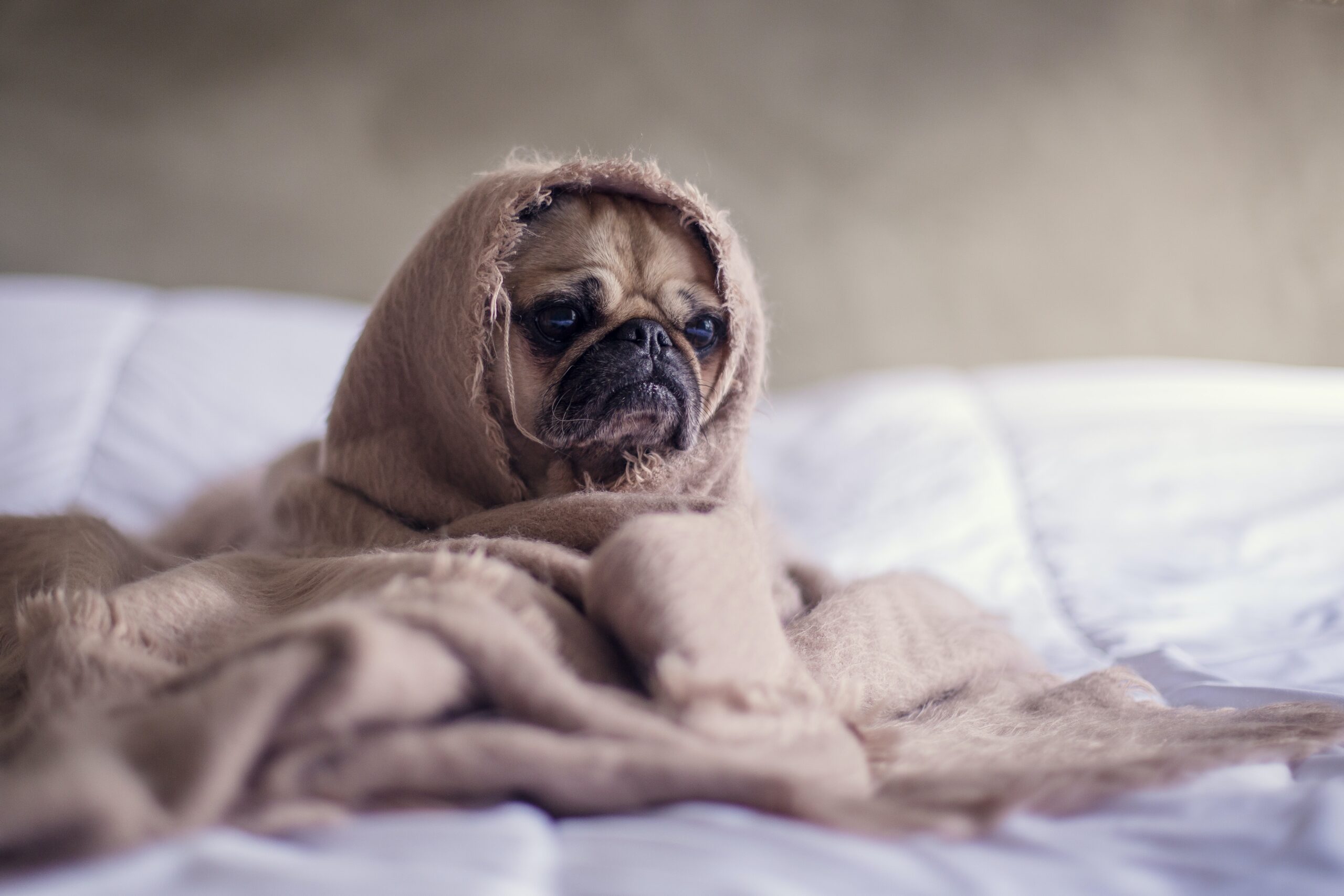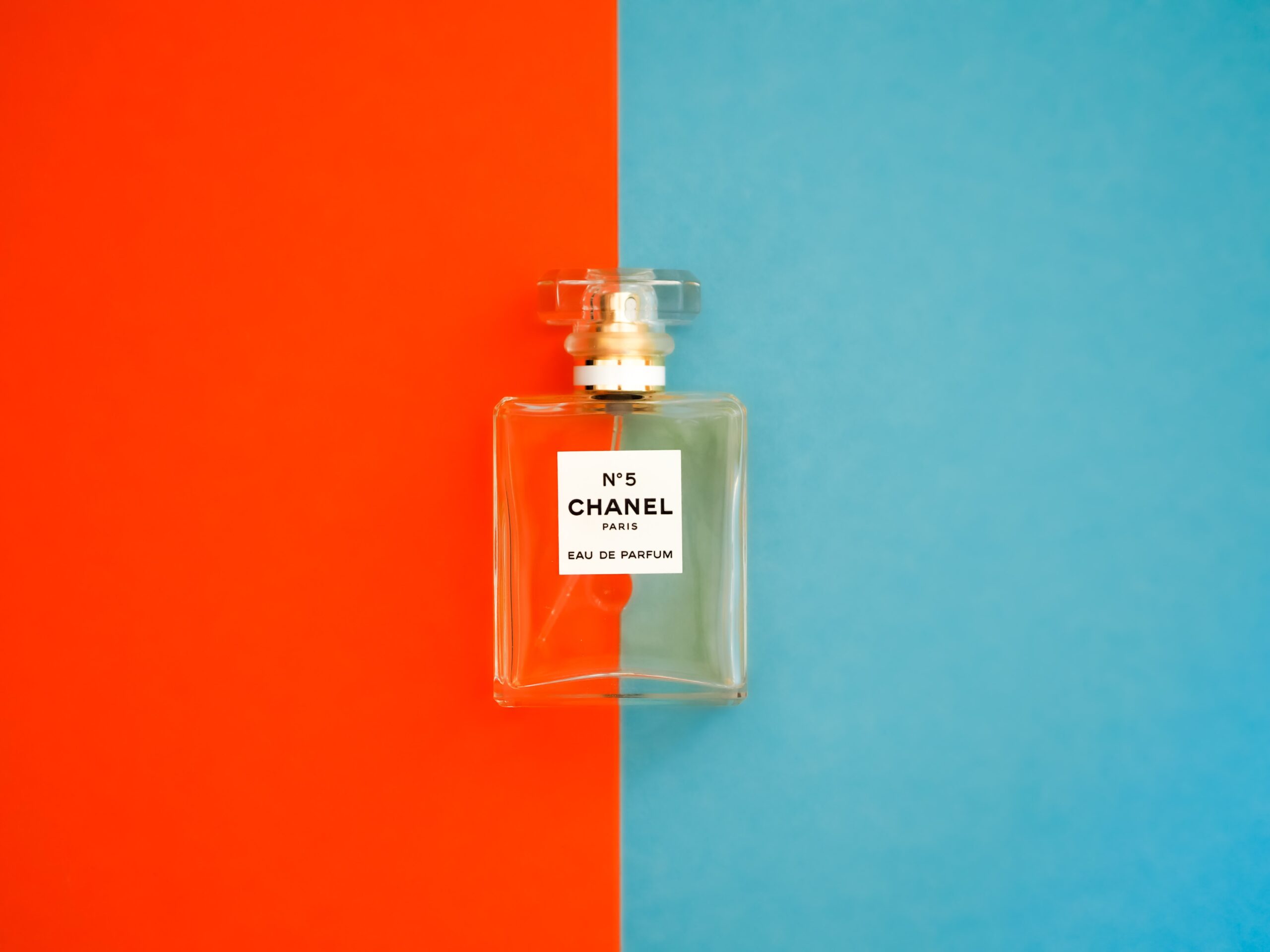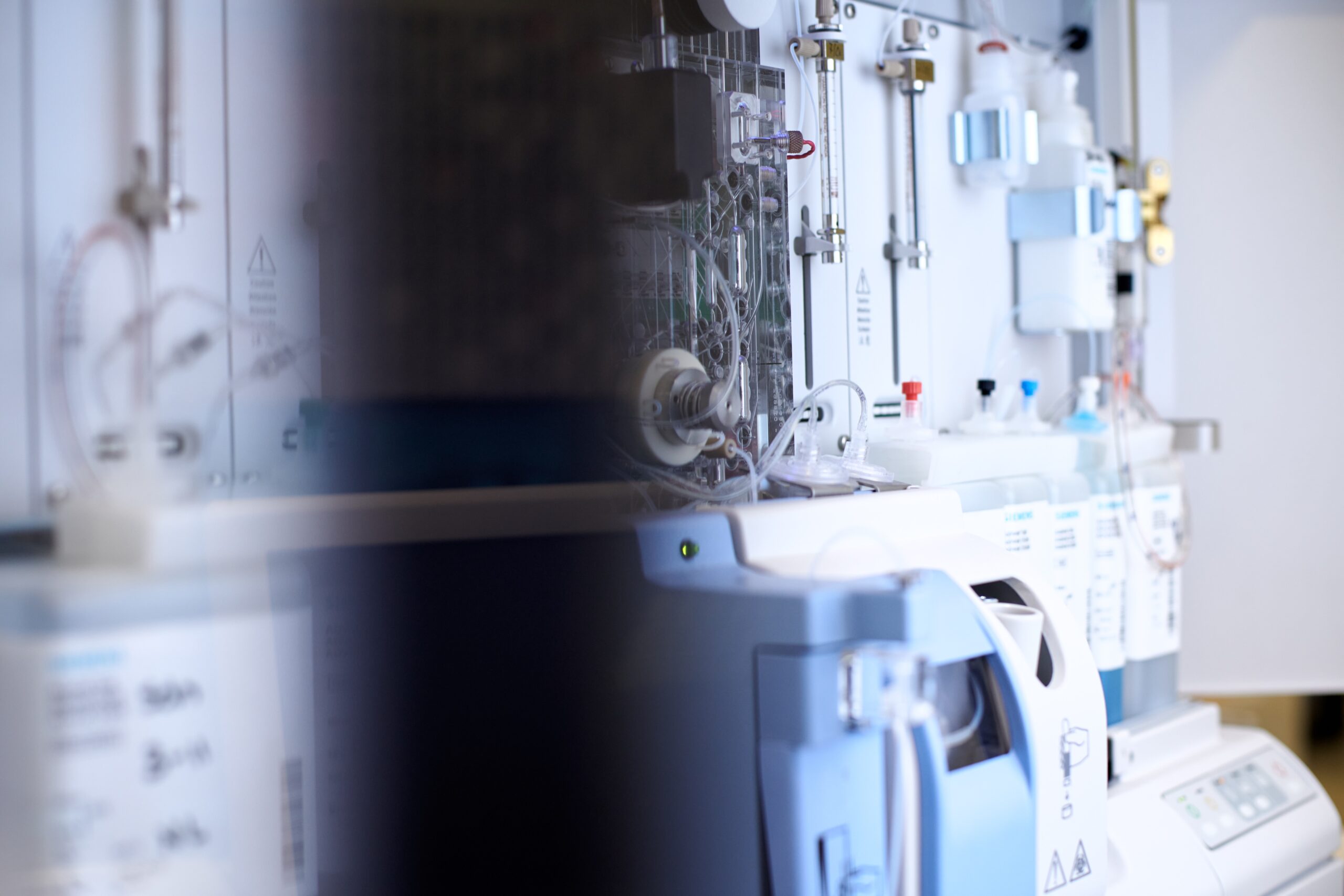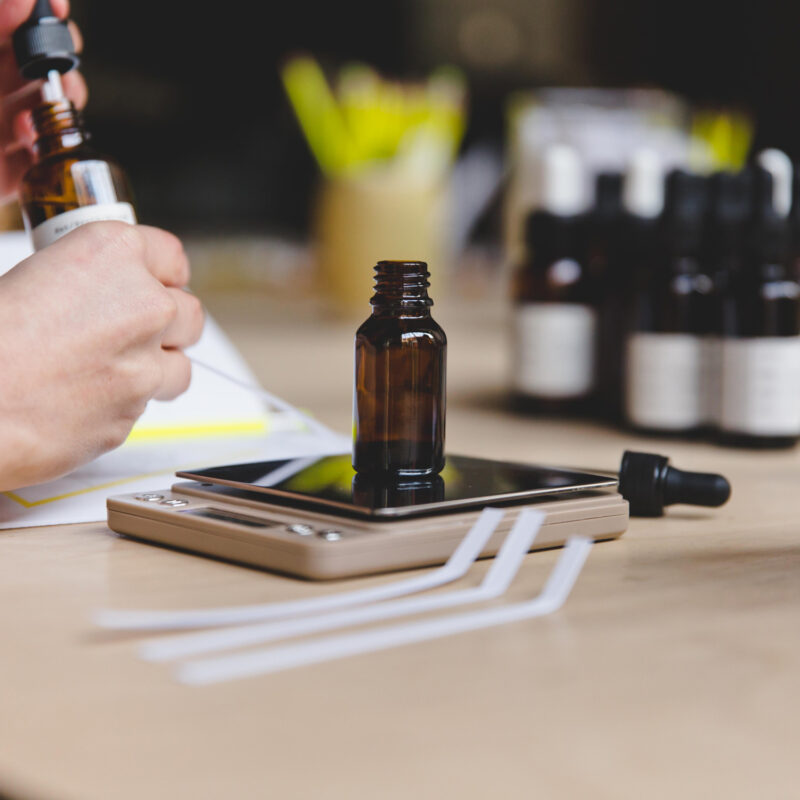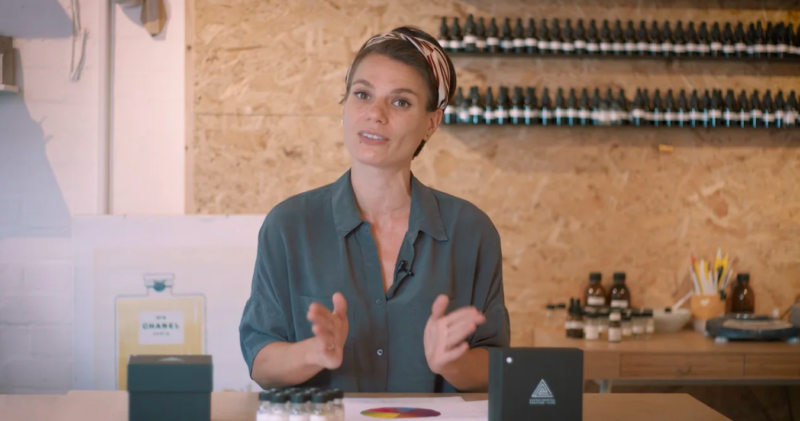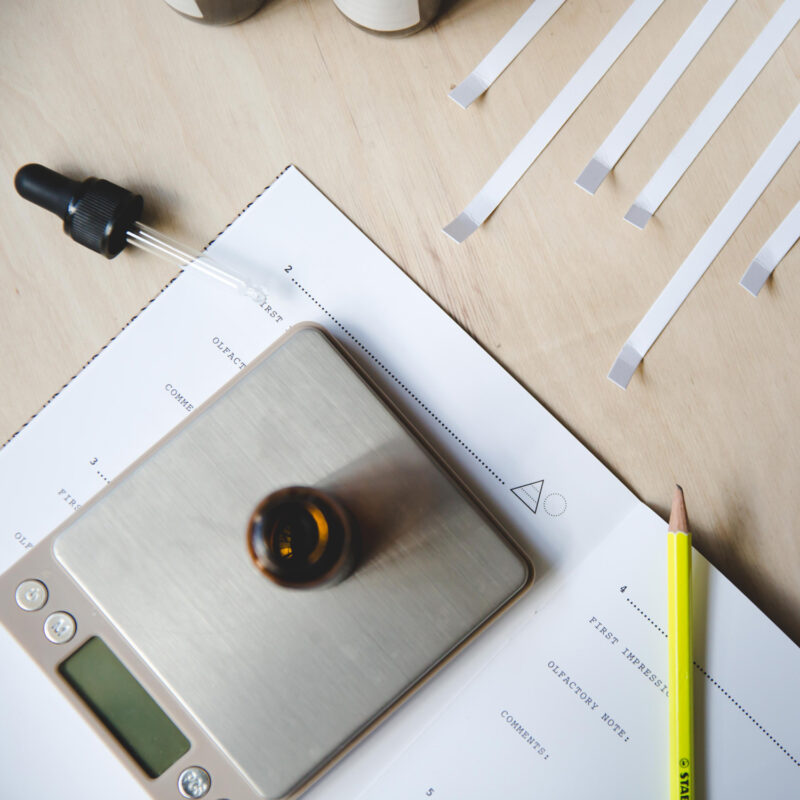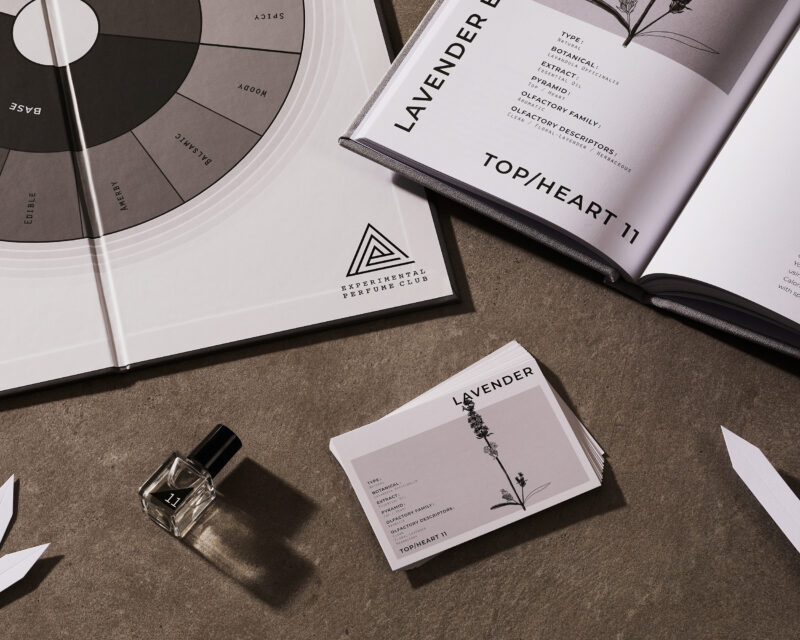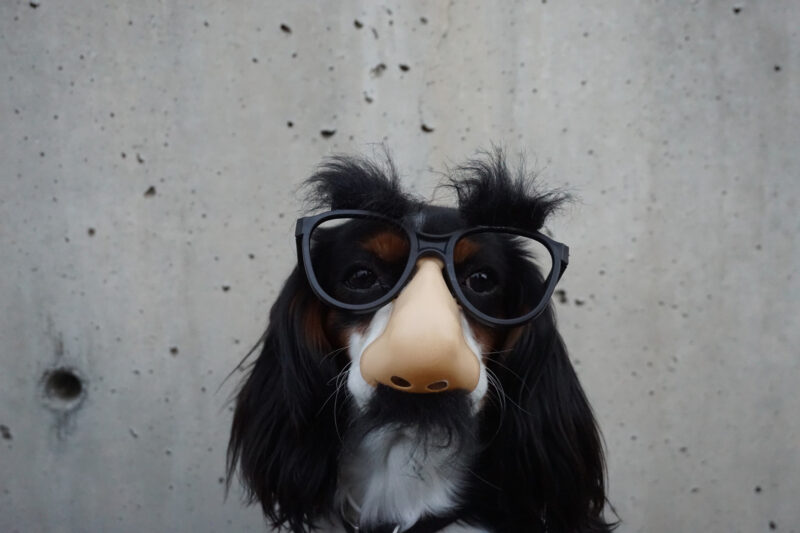It’s that time again when you need a top up of your favourite bottle of perfume. You browse the shelves and webpages and shock horror – it’s DISCONTINUED! You frantically search online to purchase that last few available bottles. In desperation, you took great lengths and bought a half empty bottle off eBay at five times the original price. You know the end is near and you’re going to have to let it go but you’re still not ready. You think to yourself, “how can I recreate this?”
Why perfumes get discontinued and is there anything you can do to find a replacement? In this post, we tell you all you need to know…
Thousands in, hundreds out!
Every year, the fragrance market gets flooded with thousands of new launches. This means that naturally, some will survive and others won’t! Perfumes do not escape the product cycle that we are all familiar with. Products that fail to meet or maintain commercial success, or products that are deemed outdated get dropped and replaced!
Why discontinue?
There are a few reasons why a perfume is discontinued. Unless you have insiders information on the brand, it is hard to know exactly why a brand has decided to discontinue a fragrance.
This could be purely for commercial purposes. For example, a fragrance that fails to bring revenue is a dead cost to the brand and retailer.
Nowadays, it is rare that a brand carries less than a dozen perfume in its range. This means that for every new launch, the space on their retail shelf gets tighter and tighter. In many cases, brands will make the decision to drop a fragrance if it is not used by enough customers to leave space to newer launches.
Another reason why a fragrance can be dropped is due to changes in cosmetic regulation. Perfumes, like other cosmetic products, are formulae of ingredients which have to undergo frequent regulatory updates. Sometimes, when a formula is too old, brands may take the easier route and let the fragrance go rather than have to update the formula.
Other times, fragrances disappear off shelves when there is a change of business ownership. When a brand is bought out, the new owner may decide that they don’t want to carry their predecessor’s fragrance line anymore and want instead to create their own.
Novelty is king
Those who have lost track of which iPhone or Samsung Galaxy we’re on now, raise your hand! Like any other product, fragrances need to remain relevant and stay on the front pages of magazines.
Fragrance is one of the rare product categories where you can still easily find products that were introduced decades ago. Chanel No. 5, for example, was released a century ago in 1921 and remains the most iconic and biggest selling fragrance of all time. The Kid by Charlie Chaplin, a black and white silent film was released that same year! More recent (but not that recently!), CK One by Calvin Klein hit the shelves in 1994. The same year Miracle on 34th Street was in cinemas. These two cult classics are examples of fragrances that managed to remain strong throughout the years but most perfumes do not have such luck!
Looking for a replacement for your discontinued fragrance?
We can help you create a fragrance that is unique to you and close to those you love wearing!
Discover our 1-2-1 Creation Consultation with our perfumer.Can you replace your beloved perfume?
The answer is unfortunately not that straightforward. You may think that the ingredients and description that you found online will be enough to help you find another scent close to it but the reality is not so simple.
The difference between marketing description and the actual fragrance formula
There is a big difference between what you read online and what is really in your bottle. A perfume formula can contain between a few dozen to over a hundred ingredients. Most of what you read online, in magazines or in-store are descriptions written by marketers and not by the perfumer. A perfume that claims to have notes of rose and jasmine does not necessarily mean it contains real rose and jasmine but instead an olfactory interpretation of these flowers. Equally, most ingredients that are found in a perfume description do not exist in the perfumer’s organ. The smell of blackberries, like most fruits, is recreated in a short formula of ingredients called accords, which together smell like the real thing.
You may think you have found the solution because you have the ingredient list printed on the perfume box. Yet again, you won’t find much interesting information here. Formulae of perfumes cannot be patented and therefore, can not be protected against plagiarism. Luckily, the cosmetic regulation provides some level of protection to the perfumer allowing them to keep the perfume formula secret by not disclosing the ingredients composing the “fragrance”. This is why you’ll find your perfume formula listed as “parfum” or “fragrance” in the ingredient list on your box. The ingredients you find on the ingredient list like Linalool, Limonene and other molecules are the allergen ingredients that need to legally appear.
Analysing a formula to recreate it
To analyse the secret formula of a perfume requires advanced laboratory equipment along with the expertise of a perfume analyst. The perfume sample is passed through a chromatography machine, which can deconstruct the formula into its individual components. The chromatograph is then analysed by an expert nose who is able to reconstitute the formula together with advanced softwares. It sounds magical, however, it can almost never be 100% accurate.
These techniques are commonly used behind the scenes in the fragrance industry to allow understanding of competition products when creating new perfumes. This is also one of the techniques used by companies selling copycat perfumes – a perfume that smell close to the branded perfume it is intending to copy without using its name. This way, it is almost impossible to legally attack against copyright infringement. Think of this as getting a knock-off Louis Vuitton handbag, through these companies, you get a knock-off perfume.
You might be thinking, “so what, isn’t imitation is the sincerest form of flattery?”. For obvious ethical reasons, we do not recommend purchasing copycat perfumes. Like any fake, replica, bootleg product, it can harm brands and are a threat to creativity. What more, purchasing these knock-offs, pays no homage to and takes away from those who have taken the time and expanded the energy in the hours, days and months in the creation process.
What can you do to replace your discontinued fragrance?
There are so many perfumes available nowadays that it is almost impossible to find a fragrance that is so unique that you won’t find anything else like it.
First thing’s first, look up which fragrance family and sub-family your fragrance belongs to. Other perfumes that have the same main olfactory characteristics are more likely going to suit your taste.
You can also do a little deep dive into your fragrance in perfume forums, such as Basenotes, where you may be lucky enough to read from aficionados that your fragrance smells very close to another perfume.
We also love Wikiparfum which offer a great online platform to search for any perfumes by brands and ingredients, so you can also look for similar scents to your favourite ones!
You can also visit specialised perfume boutiques where you will find passionate perfume experts in the field who may be able to point you toward one or two other perfumes in their collection which smell similar to your late favourite one. Mainstream retail perfume stores are unlikely to give you this level of expertise.
Finally, accept that your fragrance may be lost forever! Discontinued perfumes are extremely common and in today’s fast paced market, you’ll always take the risk of having to let go of your favourite thing for the next shiny thing. After all, change is inevitable.
